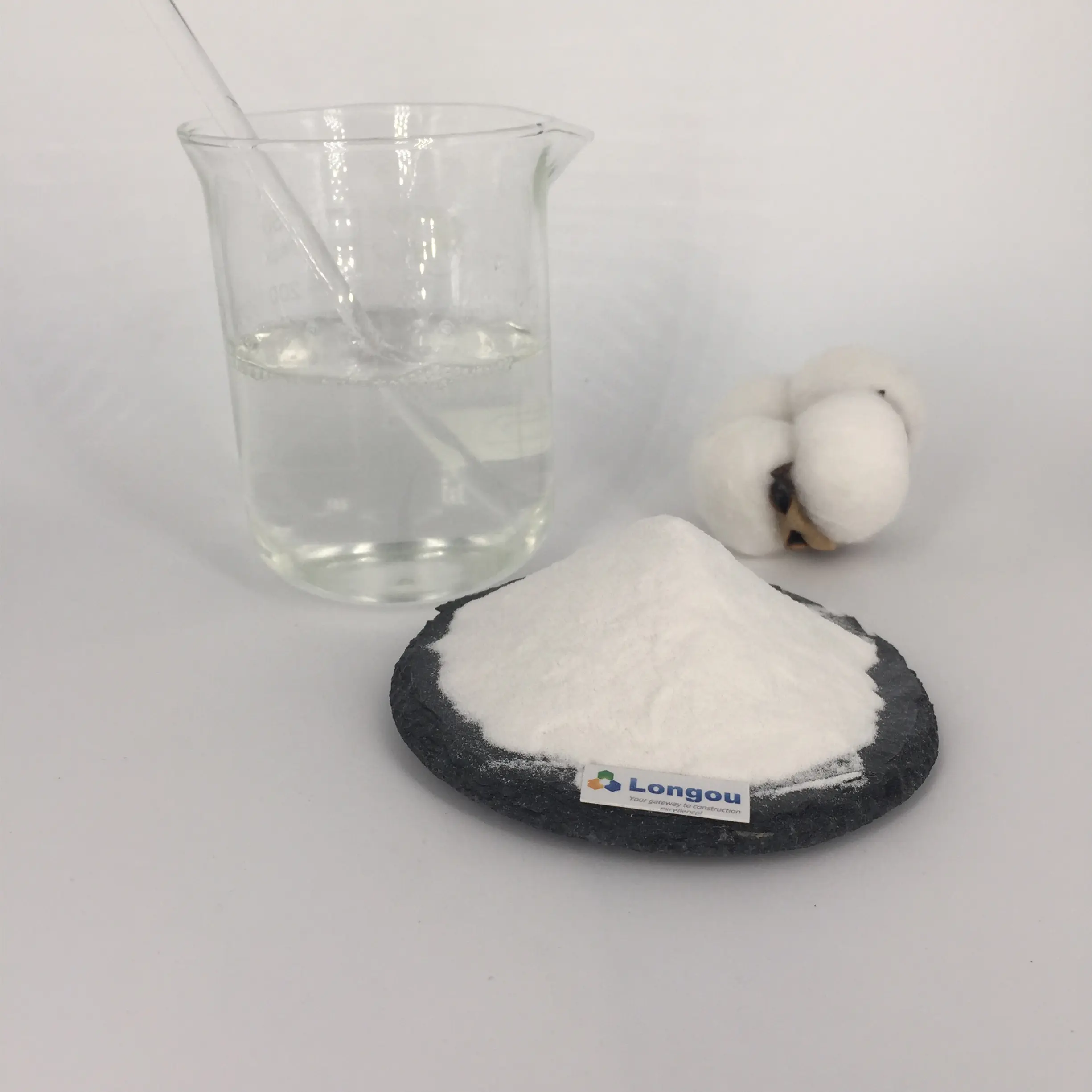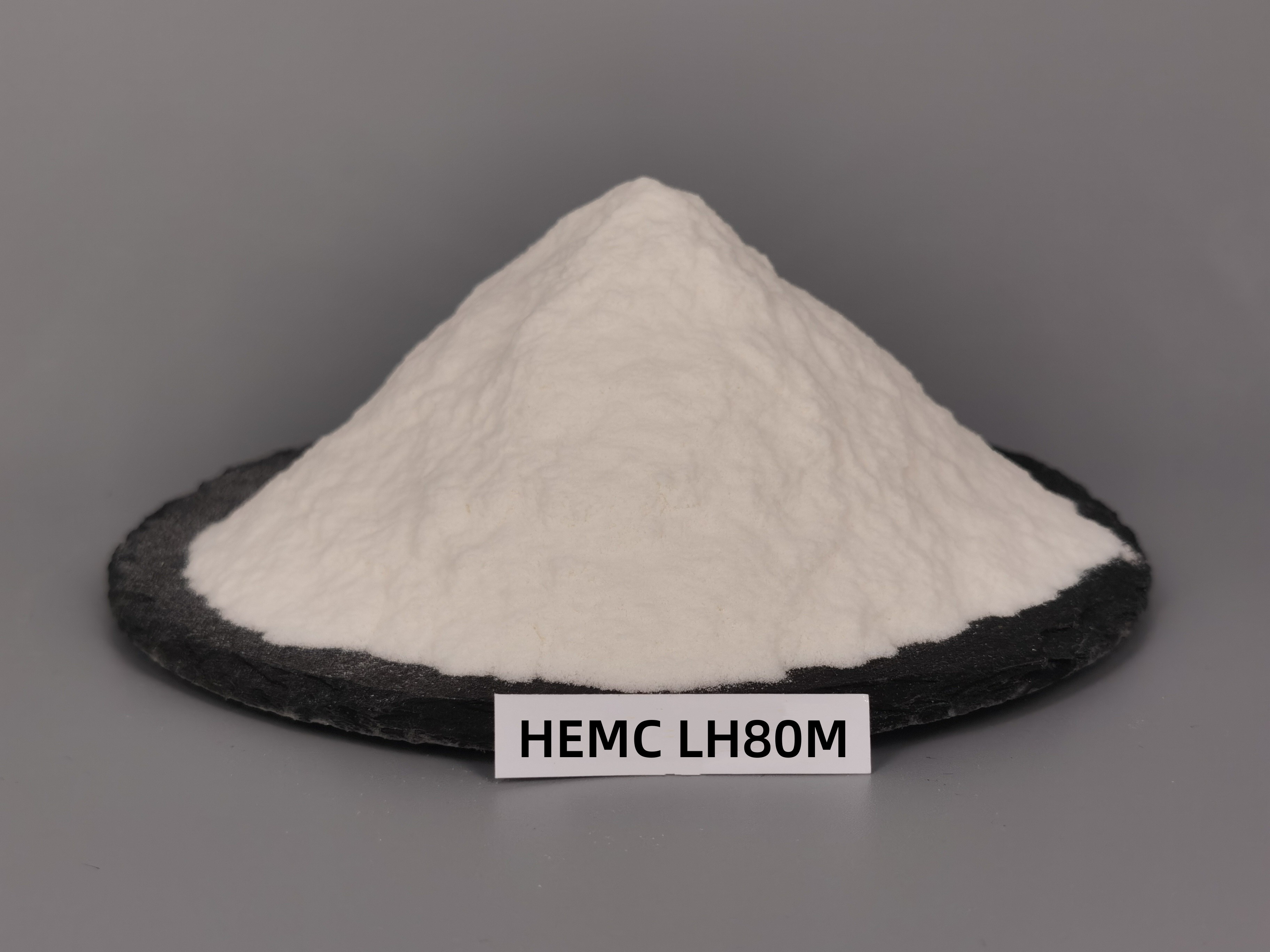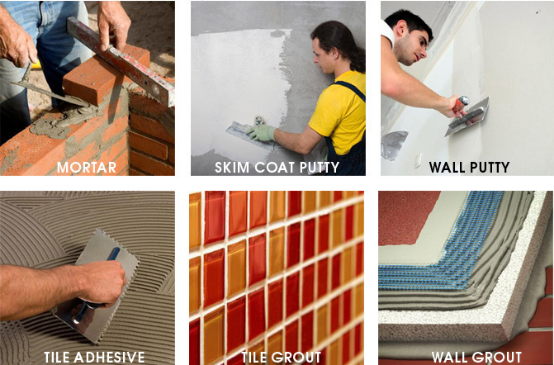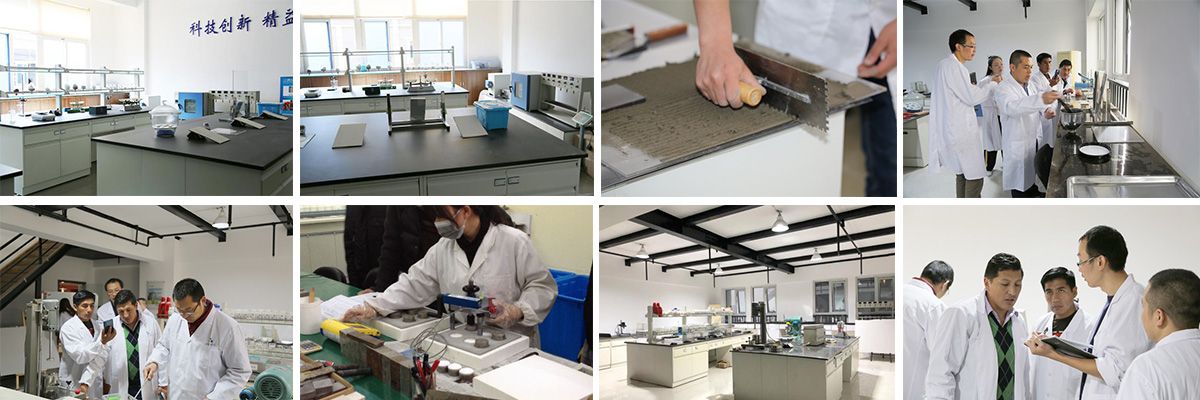What are the uses of HPMC? It is widely used in industries such as building materials, coatings, synthetic resins, ceramics, food, textiles, agriculture, cosmetics, etc. HPMC can be divided into building grade, food grade, and pharmaceutical grade according to its purpose. At present, most of the domestically produced ones are of construction grade. In the construction grade, the amount of putty powder is large, about 90% of which is used to make putty powder, while the rest is used for cement mortar and glue.


1. Construction industry: As a water retaining agent and retarder for cement mortar, it makes the mortar pumpable. When applying mortar, gypsum, putty or other building materials.
The material serves as an adhesive to improve its coating properties and extend its operational time. Used for pasting ceramic tiles, marble, plastic decorations, pasting reinforcing agents, and can also reduce the amount of cement used. The water retention performance of HPMC ensures that the slurry will not crack due to drying too quickly after application, enhancing the strength after hardening.
2. Ceramic manufacturing industry: widely used as a binder in the manufacturing of ceramic products.
3. Coating industry: As a thickener, dispersant, and stabilizer in the coating industry, it has good solubility in water or organic solvents. As a paint remover.
4. Ink printing: As a thickener, dispersant, and stabilizer in the ink industry, it has good solubility in water or organic solvents.
5. Plastics: used as forming release agents, softeners, lubricants, etc.
6. PVC: Used as a dispersant in the production of PVC, it is the main auxiliary agent for the preparation of PVC through suspension polymerization.
7. Other: This product is also widely used in leather, paper products, fruit and vegetable preservation, and textile industries
8. Coating materials; Membrane material; Speed controlled polymer materials for sustained-release formulations; Stabilizer; Suspension aids; Tablet adhesive; Tackifier

Construction industry
1. Cement mortar: HPMC LK50M Factory Supply High Quality Cellulose Ether improves the dispersibility of cement sand, significantly improves the plasticity and water retention of the mortar, has an effect on preventing cracks, and can enhance the strength of the cement.
2. Ceramic tile cement: Improve the plasticity and water retention of pressed ceramic tile mortar, enhance the bonding strength of ceramic tiles, and prevent powdering.
3. Coating of refractory materials such as asbestos: used as a suspension stabilizer, flow improver, and also to enhance the bonding force to the substrate.
4. Gypsum concrete slurry: improves water retention and processability, and enhances adhesion to the substrate.
5. Joint cement: added to the joint cement used for gypsum boards to improve fluidity and water retention.
6. Latex putty: Improves the fluidity and water retention of resin latex based putty.
7. Plaster: As a substitute for natural materials, it can improve water retention and enhance bonding strength with the substrate.
8. Coating: As a plasticizer for latex coatings, it plays a role in improving the operational performance and flowability of coatings and putty powder.
9. Spray coating: It has a good effect on preventing the sinking of cement or latex based spraying materials and fillers, improving flowability and spray pattern.
10. Cement and gypsum secondary products: used as a pressing and forming adhesive for cement asbestos series and other hydraulic substances to improve fluidity and obtain uniform molded products.
11. Fiber wall: Due to its anti enzyme and anti bacterial properties, it is effective as an adhesive for sand walls.
12. Other: Bubble retention agent (PC version) that can be used as a thin adhesive mortar and mud hydraulic operator.
chemical industry
1. HPMC LK500 For Self Leveling Mortar Polymerization of vinyl chloride and vinylidene: As a suspension stabilizer and dispersant during polymerization, it can be used in conjunction with vinyl alcohol (PVA) and Hebei hydroxypropyl cellulose
(HPC) can be used in combination to control particle shape and distribution.
2. Adhesive: As a bonding agent for wallpaper, it can usually be used in conjunction with vinyl acetate latex coatings instead of starch.
3. Pesticide: added to insecticides and herbicides, it can improve the adhesion effect during spraying.
4. Latex: Improves the emulsification and stability of asphalt latex, and is a thickener for styrene butadiene rubber (SBR) latex.
5. Adhesive: Used as a molding adhesive for pencils and crayons.
Cosmetics industry
1. Shampoo: Hydroxypropyl Methylcellulose Improve the viscosity and bubble stability of shampoo, cleanser, and cleanser.
2. Toothpaste: Improves the fluidity of toothpaste.
food industry
1. Canned citrus: To prevent whitening and spoilage caused by the decomposition of citrus glycosides during storage and achieve preservation effect.
2. Cold food fruit products: added to fruit dew and ice to enhance the taste.
3. Seasoning: Used as an emulsifying stabilizer or thickener for seasoning and tomato sauce.
4. Cold water coating and polishing: used for frozen fish storage to prevent discoloration and reduce quality. Hebei hydroxypropyl methyl cellulose or hydroxypropyl methyl cellulose aqueous solution is used after coating with light, freeze the ice layer again.
5. Adhesive for tablets: used as the forming adhesive for tablets and granules, to adhere to the "simultaneous collapse" (rapid dissolution, collapse, and dispersion when taken) good.
Other industries
1. Hydroxypropyl methyl fiber: used as a printing dye paste for pigments, borosilicate dyes, basic dyes, textile dyes, and in addition, in the corrugated processing of kapok
It can be used in combination with heat hardening resin.
2. Paper: Used for gluing and oil resistant processing of carbon paper.
3. Leather: Used as a lubricant or disposable adhesive for Zui.
4. Water-based ink: added to water-based ink and ink as a thickener and film forming agent.

Post time: Oct-09-2023





